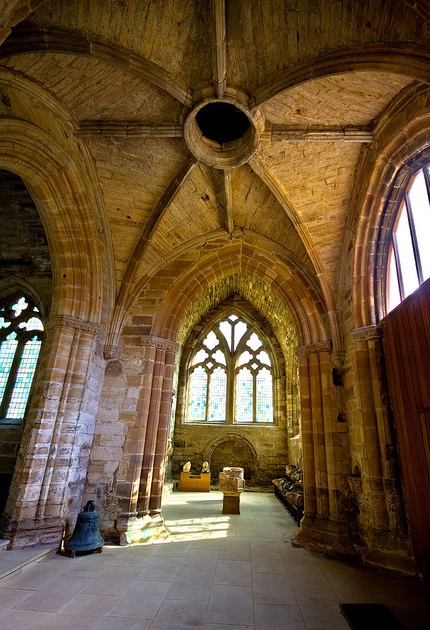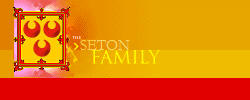|
 The
Scottish Lords Seton, Earls of Winton, etc. The
Scottish Lords Seton, Earls of Winton, etc.
Noted
for their refined tastes and hereditary love of
learning, every branch within the house was noted
for being tall and proud, for the manner in which
they carried themselves, for their unswerving
loyalty, sense of duty, honour, and the ability to
speak various languages and for building of
astounding places of residence., the
House of Seton of Scotland has a long and complex
history.
And the old
Scottish expression, "Tall and proud like the Seton's",
is still in existence.
From the descendants of King Charles I of France, renown
as the Emperor
Charlemagne, they
were the seniors of the bloodline known as the
Carolingians and were local rulers governing small territories and
peoples in the Comte of Flanders, before a single family
line emerged by the
end of the eleventh century in Scotland, founded by Seier de Seton (Seier,
Scots vulgo of French
= Seigneur, the Baron of Seton).
Seier de Seton
was the eldest son of Count Lambert de Lens, of
Boulogne-sur-Mer in Flanders who died at Phalampin circa
1054 and who himself was the second son of Eustace I of the Flemish
Five Eustaces fame. Count Lambert had married
secondly Adelaide of Normandy, daughter of Robert, Duke
of Normandy who's famed son William became Duke of
Normandy and King William I of England in 1066.
Sir Christopher Seton in
1306 was the loyal adherent of King Robert Bruce and who married
the King's sister, and saved Bruce's life at the Battle of Methven; while
his son Sir Alexander, played not only a prominent role at
Bannockburn, but was one of the signatories to the Declaration of Arbroath in 1320.
Sir Alexander
Seton, of the Governor of Berwick fame, ended his years
at the Templar Hospital in Edinburgh.
Eventually the direct male-line of the Seton's ended
with the heiress Margaret de Seton, who married her cousin Alan de
Winton, himself a Seton descended from Philip de Seton who had recieved the Charter of the Lands of Winton in 1169, and who's
branch of the family had taken their name of Winton from their
estate of Winton which they had recieved in patrimony.
Their
son, Sir William Seton was knighted prior to becoming 1st Lord
Seton, and was the first ever created Scottish Lord of Parliament,
and hence the Premier Baron's of Scotland. His eldest son Sir John
continuing the powerful line of the Lords Seton, and his
second son, Alexander founding the equally powerful
Lords Gordon and Earls of Huntly.
Before
the Lords were created, the family maintained a tradition of
Knights, for thirteen generations until the mid-14th century, and
passed this training hereditarily to every son of the
House. They were senior Templars and Crusaders from the
beginning of the Order, and maintained connections in
France, Spain and Rome.
The Setons then, were the true
heirs of the Knights Templar. They became
custodians of the many Templar estates in Scotland, and
continued to maintain prominent positions in the various
Orders, such as the Order of the Hospitallers, and who
acquired most of the Templar domains throughout
Scotland. And while in modern times this subject
generates significant interest, in it's time it was a
quietly acknowledged privilege and kept as the highest
point of honour, second only to serving the King.
| 
